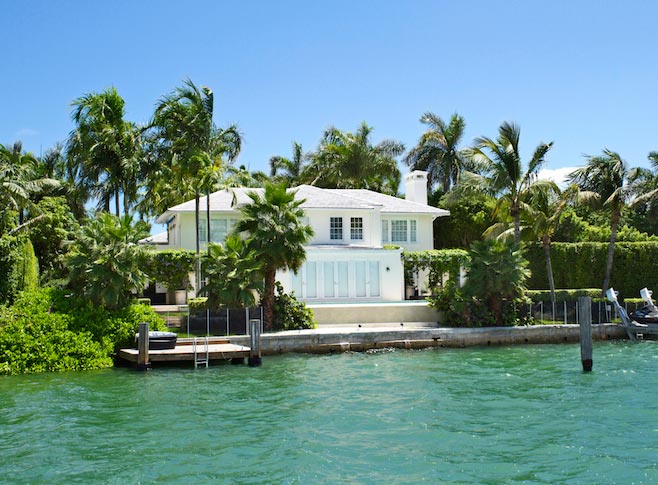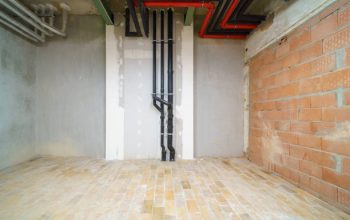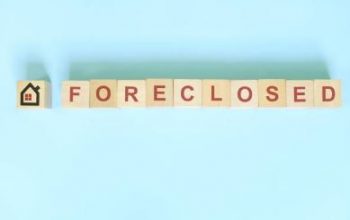The majority of people used to sell their first home before buying their next one not so long ago. The 1% with the right connections were the only ones allowed to own rental property. Today, in order to make a little extra money and amass long-term wealth, a growing number of homeowners are purchasing a second home and renting out their primary residence.
Though renting out the first home may have a number of advantages, there are also disadvantages to consider. In this article, we’ll examine the five steps to buying a second home while renting the first, starting with the key advantages of doing so as opposed to selling to an investor.
Table of Contents
Why Do You Want A Second Home?
People purchase multiple residences for a variety of reasons. Perhaps you enjoy living in the country despite working in a city. On the weekends, you might want some space and fresh air, but during the week, you might prefer to stay close by. In addition, your job might require you to travel across the nation. A second home can be used as a vacation home or rented out occasionally to generate income. Alternatively, you might have a sizeable sum of money to invest and choose to put it into real estate so you can use it in practice while it (hopefully) appreciates in value. If you want to make money from real estate development, your purchase of a second home might even be temporary.
Determine your primary motivations for purchasing a second home in advance because these should guide your property selection.
Benefits Of Renting Out Your Home
It might seem easier and less difficult to sell your current home and purchase a new one. However, there are advantages to purchasing a second home to live in while renting out the first one.
Rental income
The mortgage, property taxes, insurance, HOA dues, and repairs are all paid for out of the tenant’s monthly rent. A landlord can save extra money when a rental property has positive cash flow at the end of each period.
Let’s say, for illustration, that a single-family home worth $250,000 could rent for $2,500 per month. The 50% Rule states that operating costs like maintenance, insurance, and property taxes consume roughly half of the gross rental income. A $900 monthly principal and interest-only mortgage payment would result in a $350 monthly positive cash flow for the property.
Build wealth
Robert Kiyosaki, the best-selling author of Rich Dad Poor Dad, once said “Even on a very small scale, real estate investing is still a tried and true way to increase one’s wealth and cash flow.” The first step on the road to financial freedom may be to keep the first house and rent it out rather than sell it and buy another.
Tax benefits
In the United States, real estate investors benefit from favorable tax laws. A landlord may be able to deduct travel costs to inspect a rental property, money spent on continuing education, and money for a home office in addition to operating expenses from rental income.
Depreciation deductions can also be used by landlords to lower their taxable net income. The cost of a residential rental property may be depreciated over a period of 27.5 years, according to the IRS. If a home is worth $250,000 and the lot value is $30,000, the annual depreciation expense would be $8,000 per year because land cannot be depreciated.

Consider Costs Of Buying A Second Home
Here are some expenses you might want to factor into your monthly budget, though amounts will vary depending on how you plan to use the second home.
- Insurance: The cost of homeowners insurance for a second home is typically higher than for a primary residence. Whether or not the second home is typically occupied, as well as whether you’re renting it out on a short- or long-term basis, will determine the kind of insurance you need.
- Utilities: If you rent out your home, the tenant may be responsible for paying the utilities (as long as you have a tenant). To avoid having excessive monthly bills, you’ll need to strike a balance between the energy use required to keep the house habitable and how long it will be unoccupied. Purchasing a security system might also be a good idea.
- Maintenance: Even if no one lives in the house, your neighbors will appreciate a neatly mowed lawn. This can include major seasonal maintenance as well as basic upkeep. Here, a property manager can be of great assistance, but they can be very costly.
5 Steps To Buy A Second Home And Rent
Though having two homes is something to carefully consider, renting out the first one has many advantages. To purchase a second home and rent out the first one, follow these 5 simple steps.
1. Assess Your Financial Situation
Having two homes could mean having two mortgages, which could be expensive. Experts advise paying off high-interest debt, making a manageable financial budget, and saving enough money for a rainy day fund for unforeseen personal expenses before investing in a second home. You can learn more about the expenses of maintaining the first home as a rental by speaking with a financial planner or property manager, which are both possible options.
2. Find Money For Another Down Payment
A challenge that can be easily overcome is coming up with the money for a down payment on a second home. A home equity loan, also known as a home equity line of credit (HELOC), is a type of loan used to borrow money against the equity in one home in order to pay for the down payment on another. Other options for financing a down payment include taking a cash-out refinance, using retirement funds, or borrowing from family and friends.
3. Ensure The First Home Will Make A Good Rental
Even though there is a high demand for a rental properties in the majority of markets, some properties offer better financial returns than others.
Viewing the potential financial performance of a specific property is made simple with the help of this Roofstock spreadsheet. It can be utilized to project a property’s potential return. Enter a few details to see anticipated values for key ROI metrics like cash flow, cash-on-cash return, net operating income, and cap rate.
4. Decide How To Manage The Rental Home
Some of the common tasks of being a landlord and self-managing a rental property include:
- reading and comprehending federal fair housing laws as well as state and local landlord-tenant laws.
- preparing a home for a rental by enhancing its allure to potential tenants.
- The process of renting out the house, tenant screening, and lease signing.
- taking care of the monthly rent collection, maintenance and repairs, prompt bill payment, and periodic property inspections.
- either properly notifying a tenant of a rent increase or evicting a tenant who has broken the terms of the lease.
5. Set Up A Good Bookkeeping System
When even one home is rented out, a surprisingly large amount of paperwork is required. It’s important to organize and safely store documents like leases, receipts for rent payments, paid maintenance invoices, and records of landlord-tenant communications.
Real estate investors can more easily maximize potential profits and claim tax deductions thanks to free rental property financial software from Stessa, which automates income and expense tracking.
Conclusion
Purchasing a second home and renting the first one out isn’t always the best option, but given the rising demand for rental property, it may be something to think about. Be sure to weigh the benefits and drawbacks, evaluate your financial situation, and run the numbers to determine the potential return before renting out your home.



